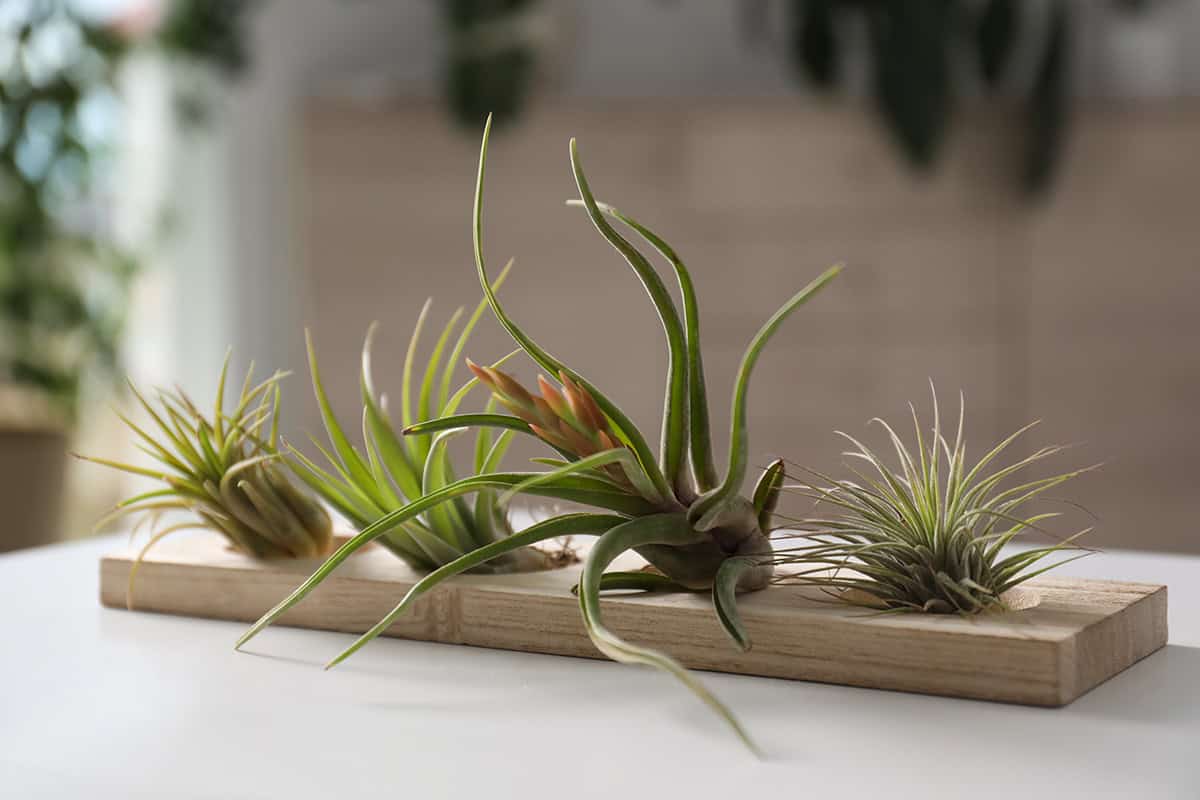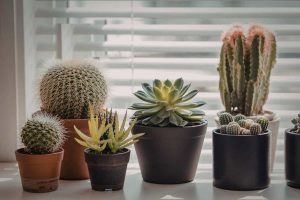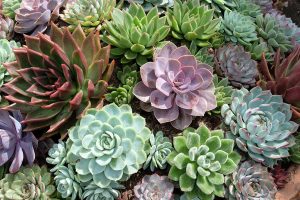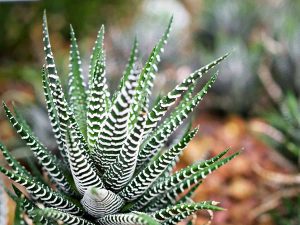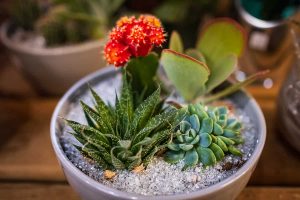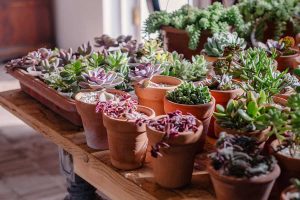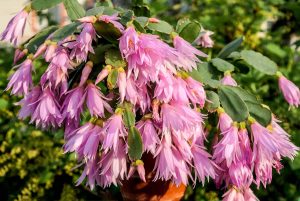You just bought a few air plants because they looked so unique and easy to manage. But now, you’re not quite sure how to keep them alive. Caring for air plants is straightforward once you know the basics. Learn the tips you need to ensure your air plants stay healthy and vibrant, adding a touch of greenery to your space without the hassle.
| Common Name | Air Plants |
| Botanical Name | Tillandsia spp. |
| Family | Bromeliaceae |
| History & Origin | Native to Central and South America |
| Plant Type | Epiphyte |
| Mature Size | 2-12 inches |
| Sun Exposure | Bright, indirect light |
| Soil Type | No soil needed |
| Soil pH | Not applicable |
| Temperature | 50-90°F |
| Watering | Soak 20-30 minutes weekly |
| Fertilizing | Monthly, diluted bromeliad fertilizer |
| Bloom Time | Varies by species |
| Flower Color | Varies: pink, red, purple, yellow |
| Hardiness Zone | 9-11 USDA |
| Toxicity | Non-toxic to humans and pets |
| Common Problems | Rot from overwatering, insufficient light |
Table of Contents
Light
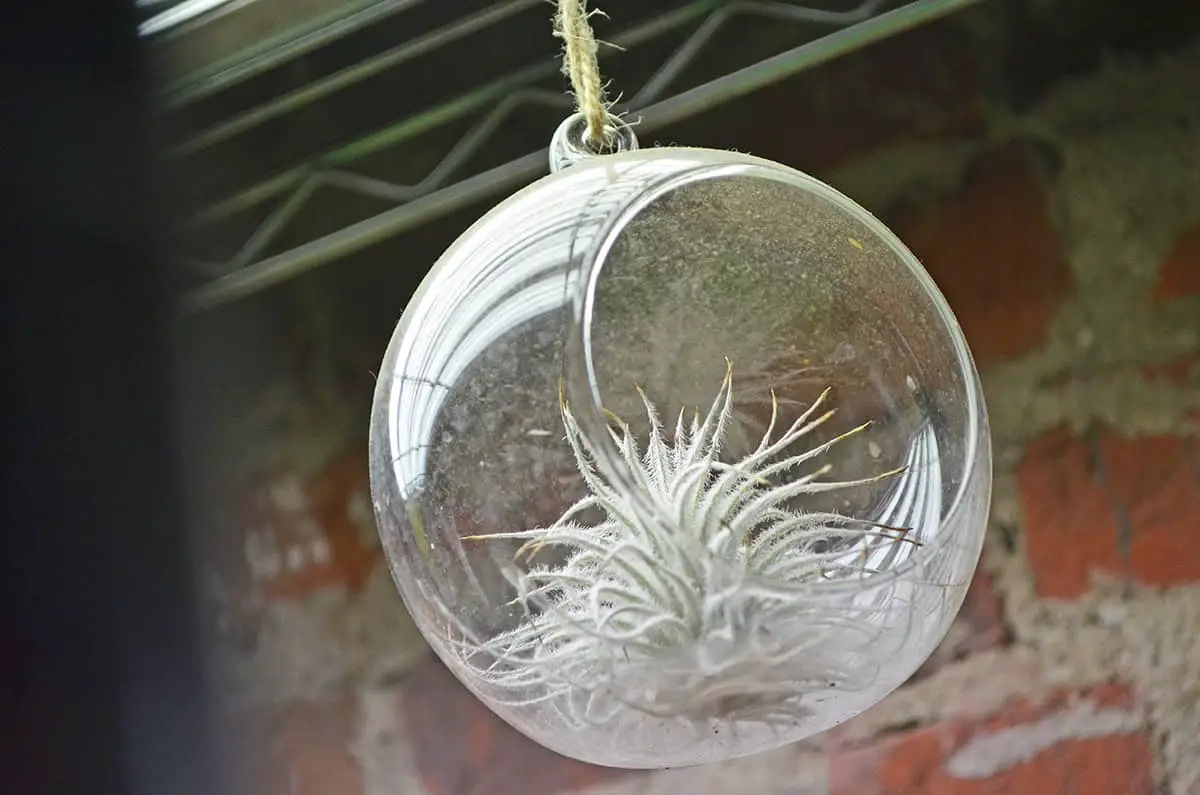
You need bright, indirect sunlight to ensure their growth. Position your air plants near a window that faces south, east, or west. This location provides the optimal balance of light throughout the day.
Direct sunlight can harm these plants, so it’s important to filter the light. A sheer curtain can diffuse sunlight sufficiently. Outdoor air plants should be in an area that mimics their natural, shaded habitat. To read about proper light conditions, you can learn more about how to keep your indoor air plants healthy.
Air plants thrive under specific lighting conditions. Rooms with bright, filtered light suit them best. Avoid places where the sun beams directly onto them for extended periods. It’s essential to protect the plants from the harsh midday sun.
If your space doesn’t have enough natural light, artificial grow lights are an option. These lights should mimic the natural spectrum of sunlight. Place air plants under grow lights for 12 hours a day to compensate for the lack of direct sunlight.
Remember, the color of your air plant’s leaves can indicate if it’s receiving the proper light. Darker green leaves may mean they can tolerate lower light levels, while a silvery appearance suggests a preference for brighter conditions.
Soil
Air plants, or Tillandsia, are unique because they do not require soil to grow. They absorb nutrients and water through their leaves from the air. You do not need to worry about soil quality or composition when caring for these plants. This makes them particularly easy to care for and versatile in how you display them.
Because air plants don’t depend on soil, you have the creative freedom to place them almost anywhere. You can mount them on a piece of wood, place them in a terrarium, or simply set them on a shelf. The lack of soil also eliminates the risk of soil-borne diseases, which can be a common concern with other houseplants.
While soil is not needed for air plants to thrive, proper air circulation is crucial. This aspect of their care is essential as it helps prevent moisture from accumulating on the leaves, which can lead to rot. Ensure your air plants are situated in a location where they receive plenty of airflow.
Remember, the absence of soil doesn’t diminish the need for proper care. Air plants still require attention to lighting, watering, and temperature to flourish.
Watering
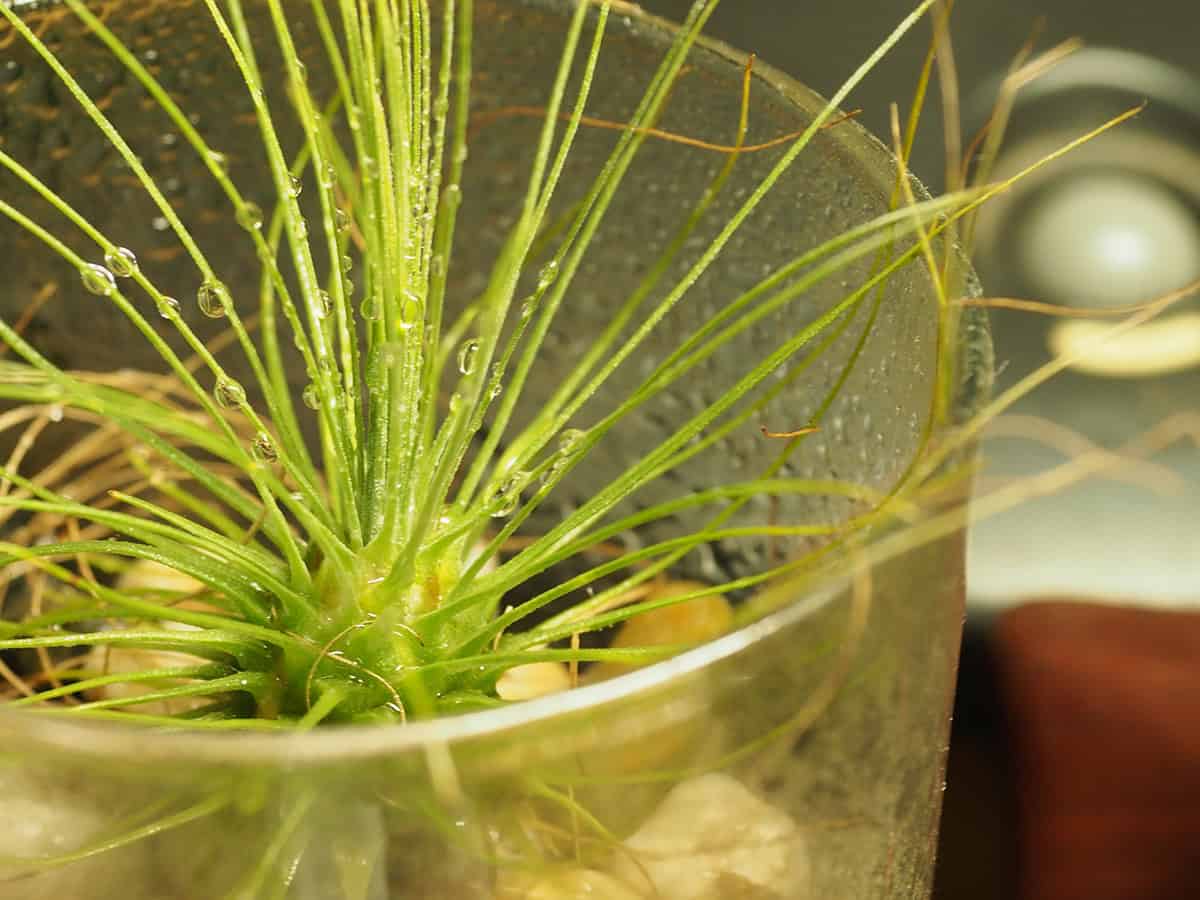
Air plants, or Tillandsia, thrive when you mimic their natural rainforest or desert conditions. They absorb moisture through their leaves rather than roots.
Soak your air plants in tepid water for 10-20 minutes once or twice a week. Do this more often if the air is very dry. After soaking, shake off excess water. Good air circulation helps them dry within four hours. If your air plants have a bulb base, avoid water collecting there as it can cause rot.
For the gray-leaved, scaly varieties that prefer desert-like conditions, a quick dunk is sufficient. These plants need less moisture and enjoy higher light conditions. The green, smoother varieties from rainforest habitats will benefit from more frequent soakings.
Always use water that’s free from heavy minerals. Rainwater or filtered water is best. Tap water can be used if it’s left to stand for 24 hours, allowing for chlorine to evaporate. Water in the morning, this gives your plants ample time to dry. Remember, over-watering is more hazardous than under-watering. Keep an eye out for signs of dehydration like rolled or curled leaves, and respond with a soak.
Temperature and Humidity
Your air plants thrive in a warm environment, ideally between 70° and 80°F during the day. The range dips slightly at night, with optimal temperatures from 60° to 68°F. For those in chillier climates, remember that air plants favor temperatures above 50°F to stay healthy.
Humidity also plays a significant role. A medium range of 40% to 50% humidity benefits air plants by mimicking their native tropical atmosphere. If you reside in a dry place, strive to increase air moisture for your plant friends. However, too high humidity levels can foster plant diseases, so it’s crucial to find a balance.
In rooms with low humidity, consider a light misting or a water soak for your plants. Soaking air plants in tepid water for about 10 to 20 minutes a week usually suffices. Ensure that after watering, you allow your air plants to dry properly; place them upside down to avoid water pooling.
For blooming success, remember the key factors: a cozy temperature range paired with moderate humidity. Monitor these conditions to give your air plants a happy and healthy environment. If you’re ever unsure, think about the air plant’s natural habitat and try to emulate those conditions as closely as you can within your home.
Fertilizer
Your air plants benefit from regular fertilizing. Use a fertilizer designed for epiphytes or tillandsias. These fertilizers support healthy growth. Apply them once a month.
It’s best to fertilize after watering. Dilute the fertilizer in water to ensure even distribution. Over-fertilizing can damage your plants.
Air plants absorb nutrients from the atmosphere. They still need supplemental feeding for optimal health. Remember to water your plants before fertilizing.
Avoid generic fertilizers. They can be too strong for air plants. Look for those with a balanced N, P, and K ratio.
Propagation
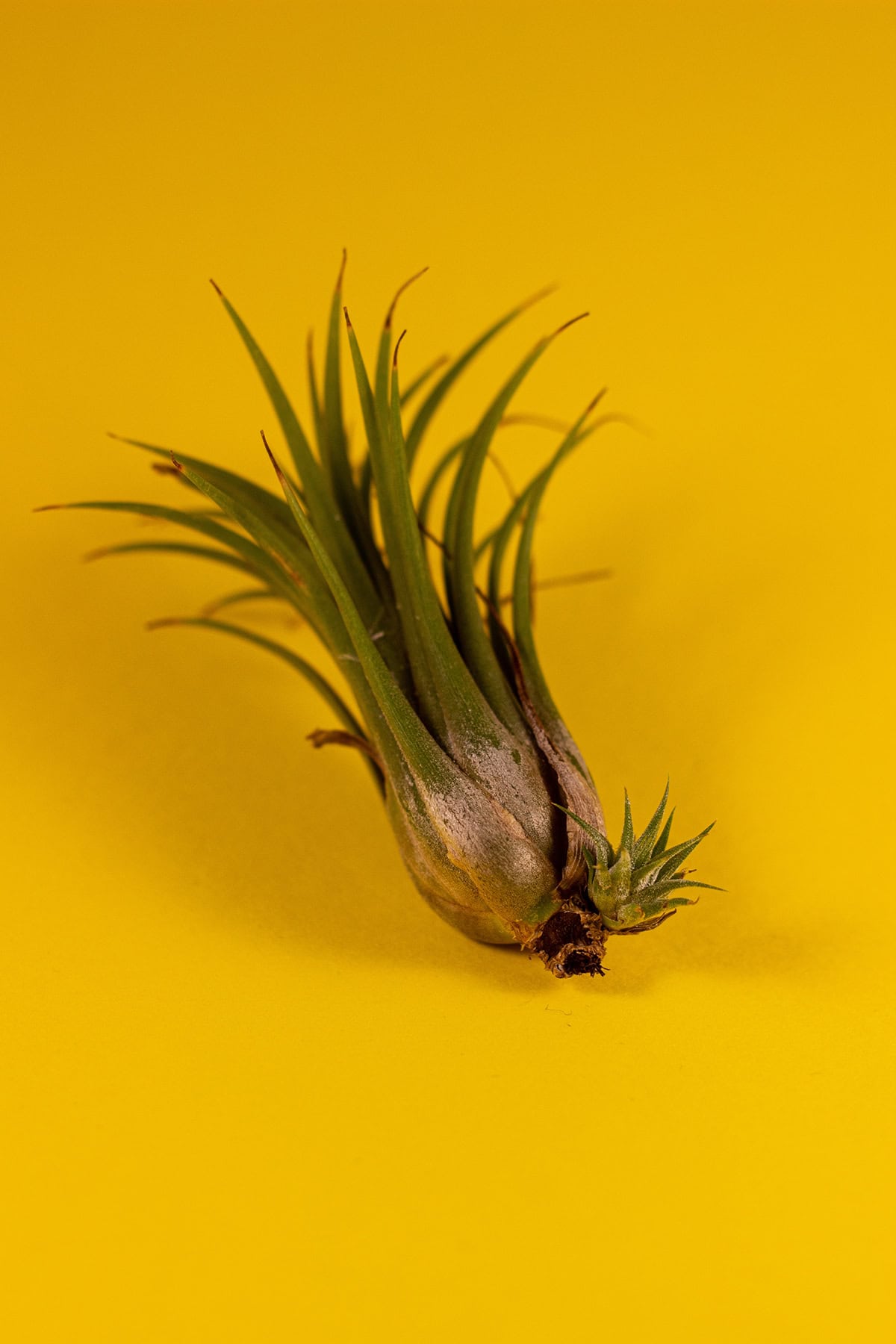
Air plant propagation involves two methods: offsets or seeds. Offsets, also known as pups, are small plants that grow at the base of the parent. You can separate pups from the mother plant when they reach one-third of her size. This allows the pups to root and grow independently.
To propagate from seeds, you’ll need patience. Air plants produce seeds after flowering, but germination takes time and appropriate conditions. You should start seeds in a moist, well-ventilated area. Success with seeds requires consistent care over a long period.
Both methods extend your air plant collection. The choice between pups and seeds depends on your preference for speed or involvement in the growing process.
Pruning
Pruning your air plants is a key step in their care. You’ll need to remove dead or damaged leaves to maintain plant health. This process promotes better air circulation and growth. Use scissors for a clean cut close to the base of the leaf.
When pruning, be sure not to cut the healthy parts. Your goal is to trim only what is necessary to refresh the plant. This helps preserve the aesthetic of your air plant. Prune sparingly and only as needed.
There’s also a strategic benefit to pruning. It can stimulate your air plant to produce offsets, also known as “pups.” These can grow into new plants. Thus, pruning not only cleans up your current plant but can encourage a new generation.
Potting and Repotting
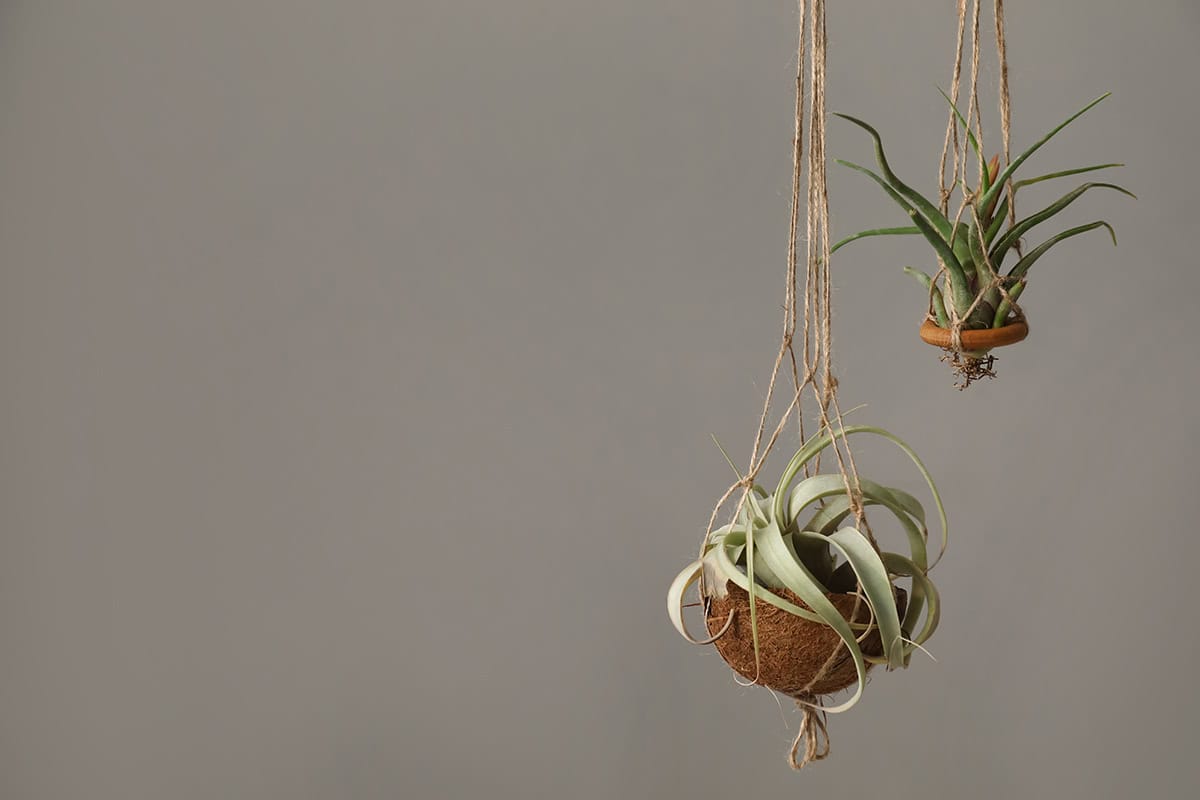
Caring for air plants involves minimal potting. These unique plants do not need soil. They absorb moisture and nutrients through their leaves from the air. When you bring an air plant home, attach it to a suitable base such as a shell, piece of wood, or a specific air plant holder.
You may notice your air plant has outgrown its space after some time. This is when repotting becomes necessary. Gently remove the plant from its base to reposition it. Choose a new, larger base if required, ensuring proper airflow around the leaves.
Sometimes, air plants form pups, which are baby air plants at their base. When these pups are one-third the size of the parent plant, you can separate them. Do this by gently pulling the pup from the mother plant.
How to Display Air Plants
Air plants offer flexibility in design unmatched by traditional potted plants. With their soil-free existence, Tillandsia species let you create eye-catching displays. Strong adhesive, thin wire, or fishing line can secure air plants to bases, emphasizing their airy and lightweight nature. Your creativity shines when you attach them to driftwood, seashells, or stones.
Terrariums present a popular option for displaying air plants. Glass orbs or bowls function as attractive vessels but remember to keep terrariums open to maintain air circulation. Layering bottom materials like sand, moss or pebbles adds to the aesthetic while also contributing to the plants’ health by avoiding water accumulation.
Common Problems & Troubleshooting
Overwatering is a frequent issue with air plants. If the leaves start to turn brown or black and feel soft, you’re likely giving them too much water. Ensure you shake off excess water after soaking.
Underwatering can make the tips of the leaves dry out and curl. Air plants need moisture, so make sure you soak or mist them accordingly. Check the air plant’s hydration by the firmness of the leaves.
You might notice that your air plants are not thriving even with proper watering. Inadequate light could be to blame. Place your plants in bright, indirect sunlight. Remember, direct sunlight can scorch their leaves.
Air plants require good air circulation for their health. A lack of airflow can lead to rotting, especially if they remain damp for too long after watering. Position them in an area where air can move freely around them.
If you find pests like aphids or scales, it’s crucial to address them quickly. Wash your plants under a gentle stream of water and use a natural insecticide if needed.
Keep a check on temperatures. Air plants prefer a range between 50°F to 90°F. Extreme temperatures can harm them. Protect your plants from cold drafts and hot vents.
Air Plant Varieties
Air plants come in many shapes and sizes, each with unique care needs. Here, you’ll learn about five popular Tillandsia species.
Tillandsia Ionantha
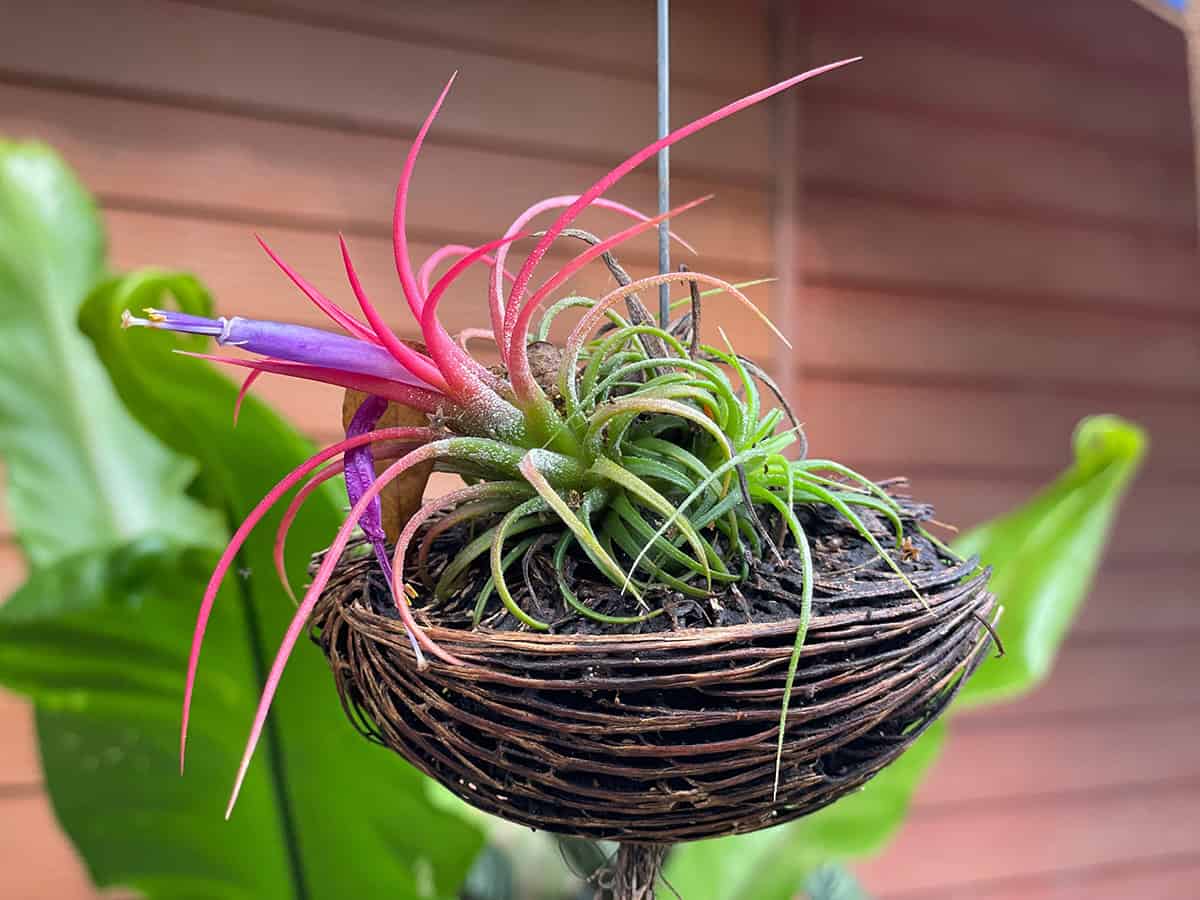
This small and vibrant variety is known for its bright red and purple blooms. Tillandsia Ionantha prefers indirect, bright light and thrives with weekly watering. Its compact size makes it perfect for terrariums or as a desktop plant.
Tillandsia Xerographica
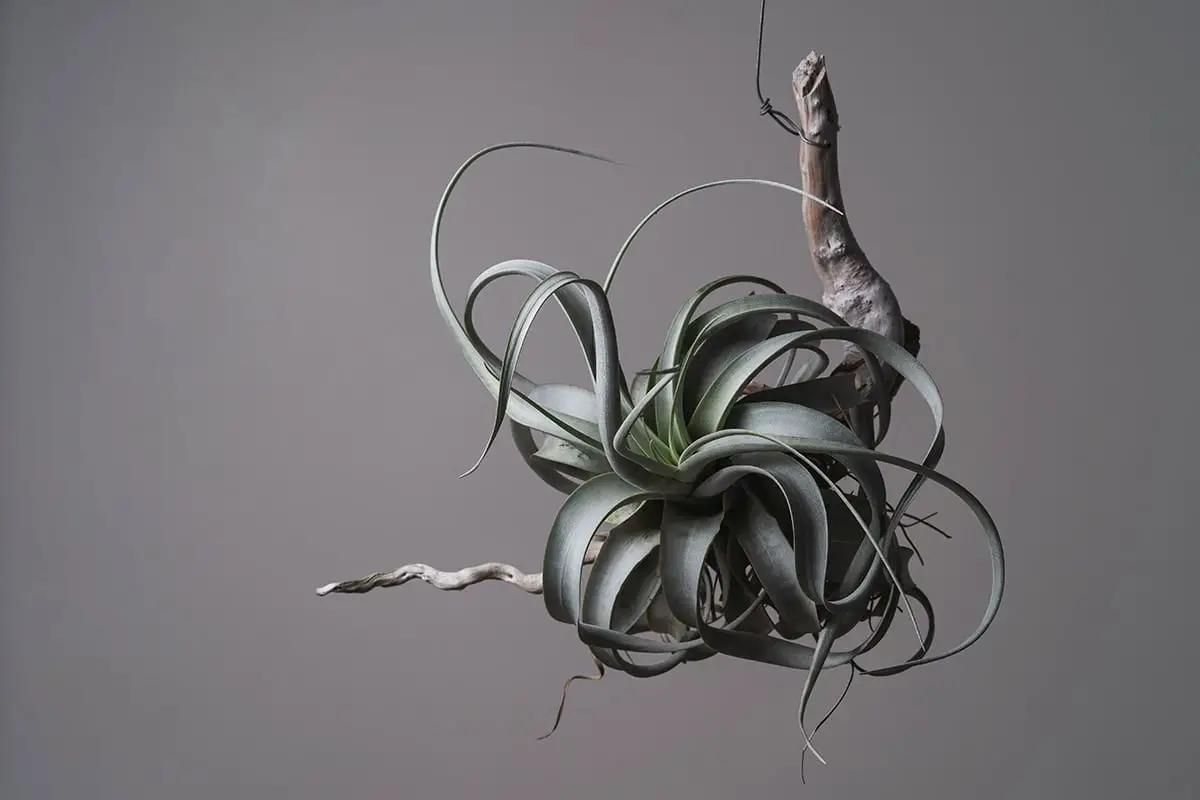
Often referred to as the ‘King of Air Plants’, the Tillandsia Xerographica stands out with its broad, silvery leaves that curl elegantly. It requires less frequent watering compared to other varieties, making it a favorite among those new-to-air plants.
Tillandsia Stricta
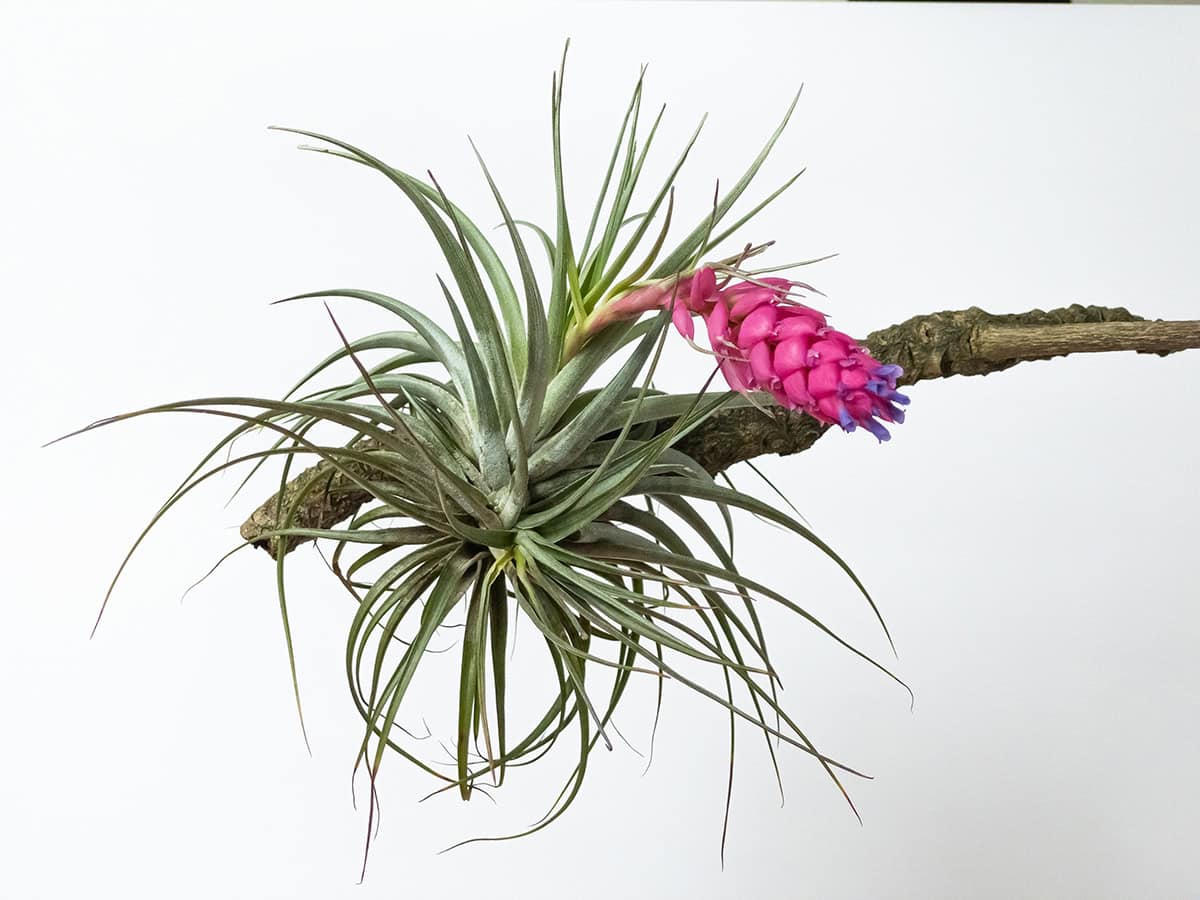
The Tillandsia Stricta has soft, green leaves and blooms beautiful purple flowers. Your Stricta will benefit from regular misting and plenty of air circulation to mimic its natural habitat.
Tillandsia Bulbosa
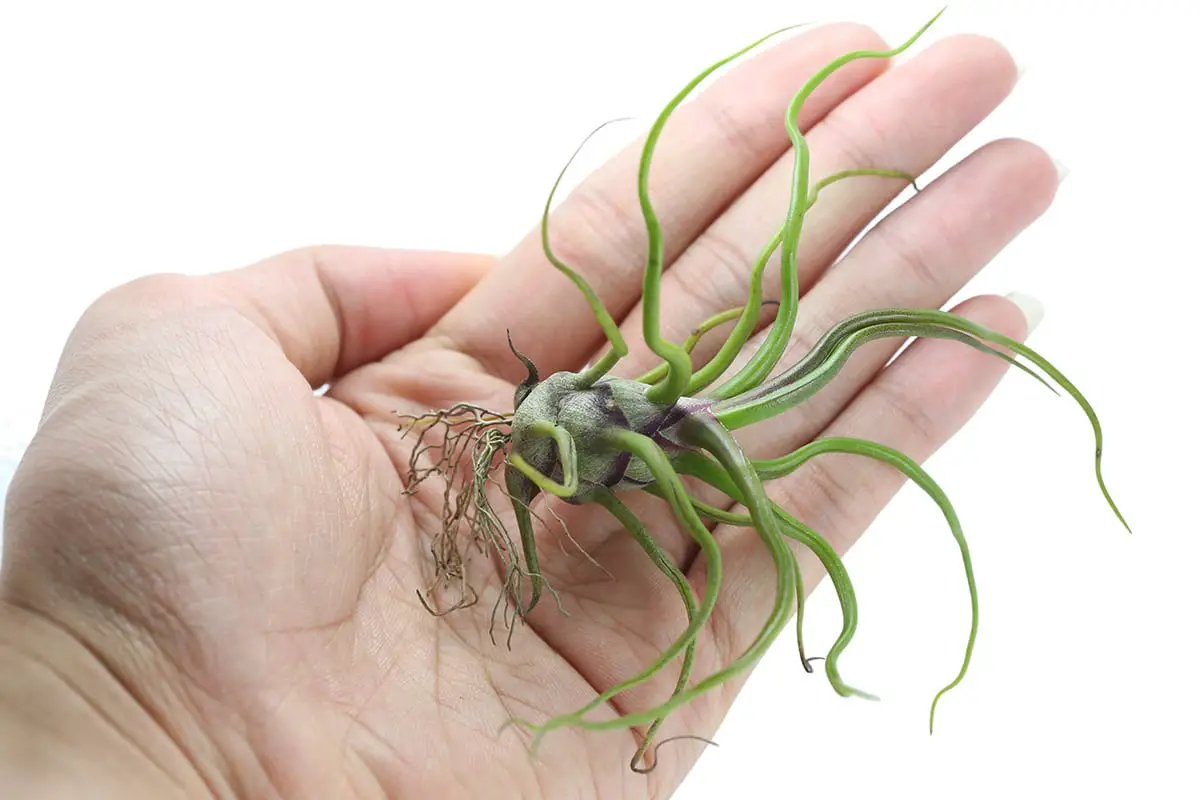
With its bulbous base and tentacle-like leaves, the Tillandsia Bulbosa has an otherworldly appearance. This species enjoys high humidity and moderate light, soaking up moisture from the air in your home.
Tillandsia Caput-Medusae
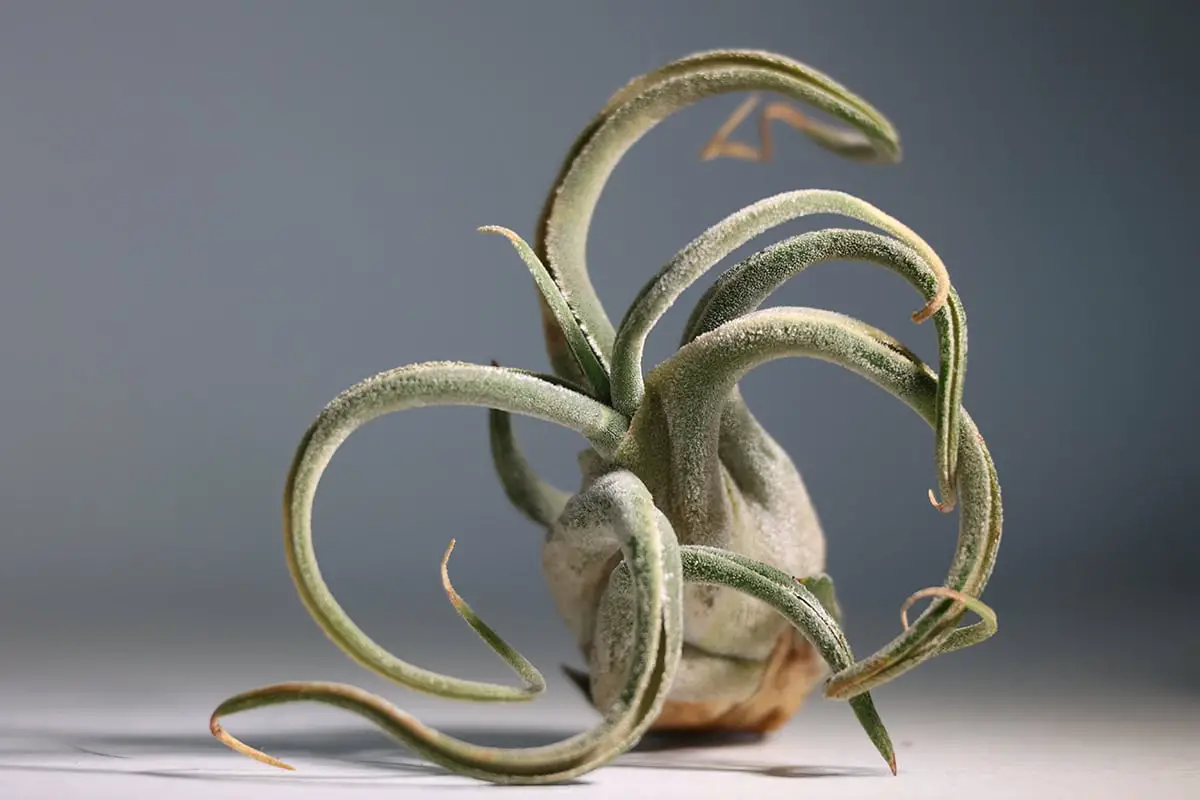
The Tillandsia Caput-Medusae boasts twisted leaves resembling snakes. It is named after a myth. Bright, indirect light and occasional watering will keep this unique plant healthy and happy in your care.
